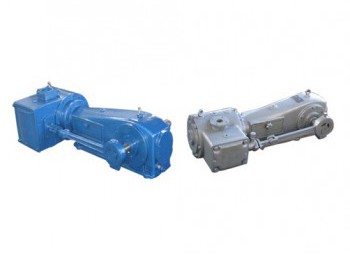

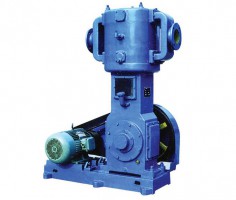
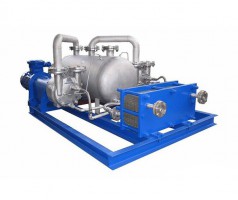
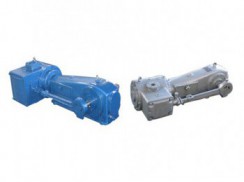

Characteristics of horizontal reciprocating vacuum pump
Horizontal reciprocating vacuum pump is one of the main equipment for obtaining rough vacuum. It is used to extract vacuum or other gases from closed containers or reaction pots. It is not suitable for extracting corrosive gases or gases with hard particle ash powder.
The structure of a horizontal reciprocating vacuum pump consists of two main parts;
1. Mechanical transmission part and gas circulation part. The entire structural components of the mechanical transmission part are installed in a closed body, and the crankshaft is supported in tapered roller bearings on both sides of the body.
2. One end of the crankshaft is equipped with a large pulley to drive the transmission part. The connecting rod connects the journal and crosshead of the crankshaft. One end of the piston rod is screwed into the screw hole of the crosshead, and the other end is installed in the tapered hole of the piston and fixed with a nut.
3. The electric motor and the small pulley mounted on the shaft drive the crankshaft to rotate through triangular tape, so that the piston reciprocates in the cylinder through the action of the connecting rod and crosshead.
4. When the connecting rod crankshaft mechanism moves inside the body, the lubricating oil in the oil pool splashes to lubricate the friction surfaces such as bearings, crankshaft necks, crossheads, and slides. In order to facilitate inspection and maintenance of the transmission mechanism, detachable door covers are installed on both sides and at the back of the machine body, and oil windows are installed on the back cover to indicate the oil level of the oil tank inside the machine body.
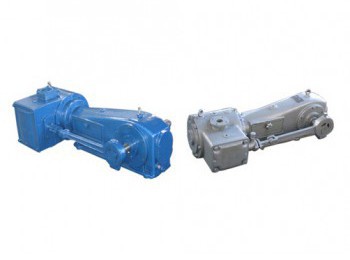
 Address:Zibo, Shandong
Address:Zibo, Shandong WhatsApp:+8615805335335
WhatsApp:+8615805335335 Wechat: +8615805335335
Wechat: +8615805335335  E-mail:zs@sdsmachinery.com
E-mail:zs@sdsmachinery.com